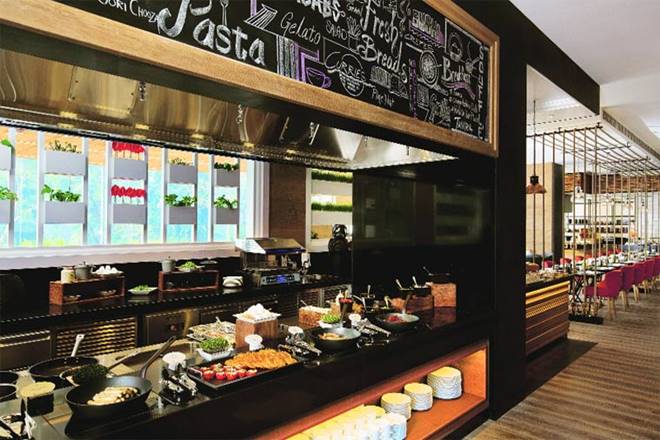So, it’s been over weeks now since the historic Goods and Service Tax or GST was implemented in India at a historic midnight bash at the Central hall of the Parliament in New Delhi. Under the new tax regime, the products have been put into five categories: those who have been exempted from tax, 5%, 12%, 18% and 28%. Pre-GST, eating at a restaurant was easy. You have your food, you pay the bill and you leave. Back then, you had to pay three extra charges: the Service Charge, Service tax and Value Added Tax (VAT). However, the complex nature of GST has given an opportunity to the restaurant owners to cheat their customers by making them pay extra. Here’s everything you need to know to be on the smarter side:
First of all, the service charge is not a tax. The government has not ordered any restaurant to levy service charge and they do it on their own. Usually, this amount is 10% of the price of food products that you order but if you don’t want to pay, you don’t have to. It is completely customer’s call whether they want to pay the service charge or not. In case the restaurant forces you to pay for it, you can sue the establishment in consumer court.
Coming to the tax apart, you have two pay two taxes: service tax and Value Added Tax. Both of them have now been replaced by GST. If you are eating in a Non-AC restaurant, you have to pay 12% as tax. It is made of Central GST (6%) and State GST (6%). The same rates also apply for local delivery restaurants. However, if you are in an AC restaurant, you will have to pay 18% tax irrespective of the fact that it serves alcohol or not.
You will have to pay 12% tax if the snacks sold from restaurants are pre-packed and pre-cooked. What you must know is that no GST is levied on liquor or liquor products. However, liquor will attract VAT, as imposed by your state. So, if you order alcoholic beverages and food, you pay GST on food and VAT on alcoholic beverages.

